Remember when living rooms were the heart of family life, filled with conversation pits, wood paneling, and the soft glow of lava lamps? The 1970s were a time when home decor wasn’t afraid to make a statement, and every family room told a story through its bold choices and functional furniture. These days, you’d be hard-pressed to find most of these iconic items in modern homes, but for those of us who lived through the decade, they bring back waves of warm memories and maybe a few chuckles too.
1. Macramé Wall Hangings
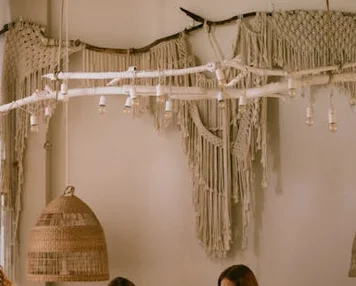
Intricate rope art adorned the walls of countless 1970s homes, with elaborate macramé creations featuring complex knots, beads, and flowing designs that added texture and bohemian flair to any space. These handcrafted pieces often incorporated natural materials like jute, hemp, or cotton cord, perfectly complementing the decade’s love affair with all things organic and earthy. Whether store-bought or lovingly crafted during those popular macramé classes at the community center, these pieces were conversation starters that reflected the era’s DIY spirit. Domestika shows us just how far this trend has traveled across both centuries and continents.
Today’s minimalist design trends have little patience for the busy, textured look of macramé wall hangings, which now seem cluttered compared to the clean lines modern decorators prefer. When macramé does make an appearance in contemporary homes, it’s usually as a single, carefully chosen accent piece rather than the multiple hangings that once covered entire walls. The time-intensive craft itself has largely given way to faster, mass-produced wall art options that fit our busier lifestyles.
2. Console Television Sets as Furniture
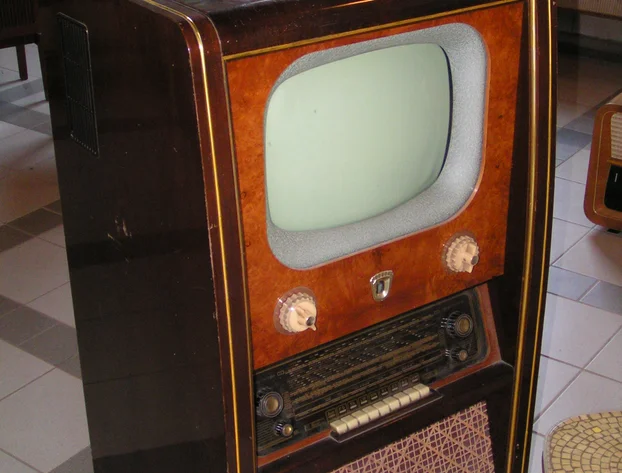
The massive television console wasn’t just an entertainment device – it was a major piece of furniture that dominated the living room and often doubled as a display surface for family photos, plants, and decorative objects. These wooden cabinets housed not only the television screen but also speakers, storage compartments, and sometimes even a built-in record player or radio. Changing channels meant getting up and walking over to manually turn a dial, making channel surfing a deliberate family decision rather than a mindless individual activity. Despite the console’s dwindling presence, Loft Home asserts that it is a must-have in any home.
Today’s flat-screen televisions mounted on walls or perched on minimal stands would seem impossibly futuristic to 1970s families, who couldn’t imagine watching a screen so thin it could hang like a picture frame. The social aspect of television viewing has also changed dramatically, with families often watching different shows on different devices rather than gathering around a single, shared screen. Those heavy console TVs required furniture dollies to move and serious consideration about room layout, while modern televisions can be repositioned with minimal effort.
3. TV Dinner Trays and Stands
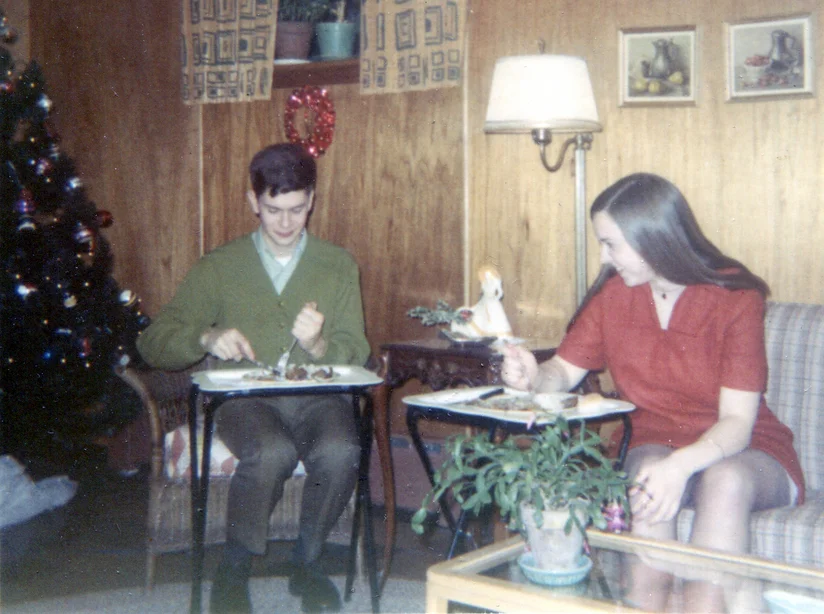
Folding metal TV trays were essential furniture in every 1970s living room, allowing families to enjoy their meals while watching their favorite shows without missing a moment of the action. These portable surfaces, usually featuring floral or geometric patterns, could be quickly set up for impromptu snacking or moved aside when not needed. Each family member often had their own designated tray, and the wooden stands that held them when not in use became a standard piece of living room furniture alongside the sofa and coffee table. It’s in this modern age of streaming that The Denver Post suggests TV trays are more essential than ever.
Modern open-plan living spaces and the decline of family television watching have made TV trays largely obsolete, replaced by kitchen islands and dining nooks that encourage more social eating experiences. The shift away from scheduled television programming toward on-demand streaming has also eliminated the urgency of eating while watching, since shows can be paused or watched later. When contemporary families do eat in front of the television, they’re more likely to balance plates on their laps or use the coffee table rather than setting up dedicated eating surfaces.
4. Conversation Pits
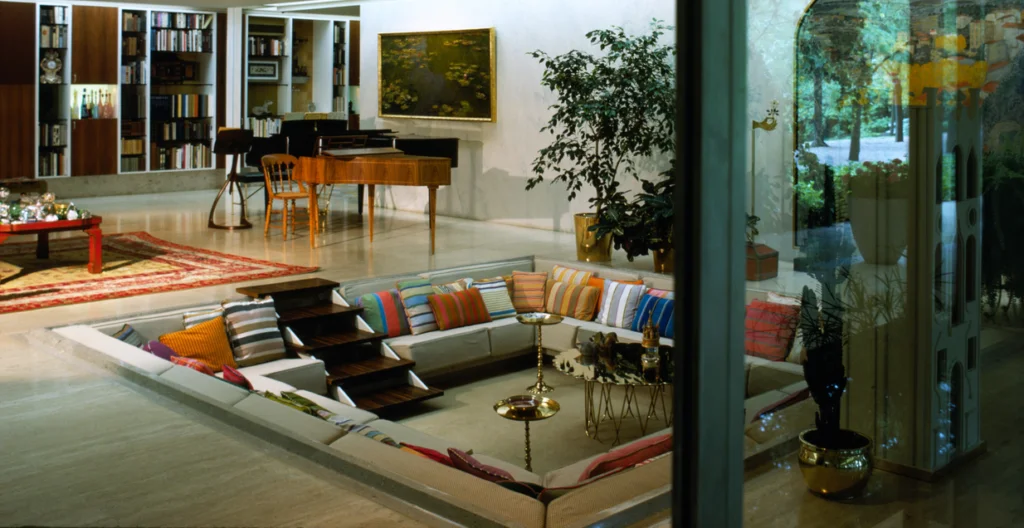
The sunken living room was the ultimate symbol of 1970s sophistication, turning your family room into a cozy gathering spot that felt like something straight out of a Hollywood movie. These built-in seating areas, often carpeted and surrounded by low walls or planters, made every get-together feel intimate and special. You’d step down into your own little world, where the adults could chat over cocktails while the kids sprawled on the shag carpet below.
Today’s open-plan living spaces have made conversation pits seem impractical and even dangerous, with their potential for trips and falls. Modern families prefer flexible furniture arrangements that can adapt to different activities, from movie nights to homework sessions. But there was something magical about having a designated space that said “sit down, stay awhile, and really talk to each other.”
5. Bean Bag Chairs
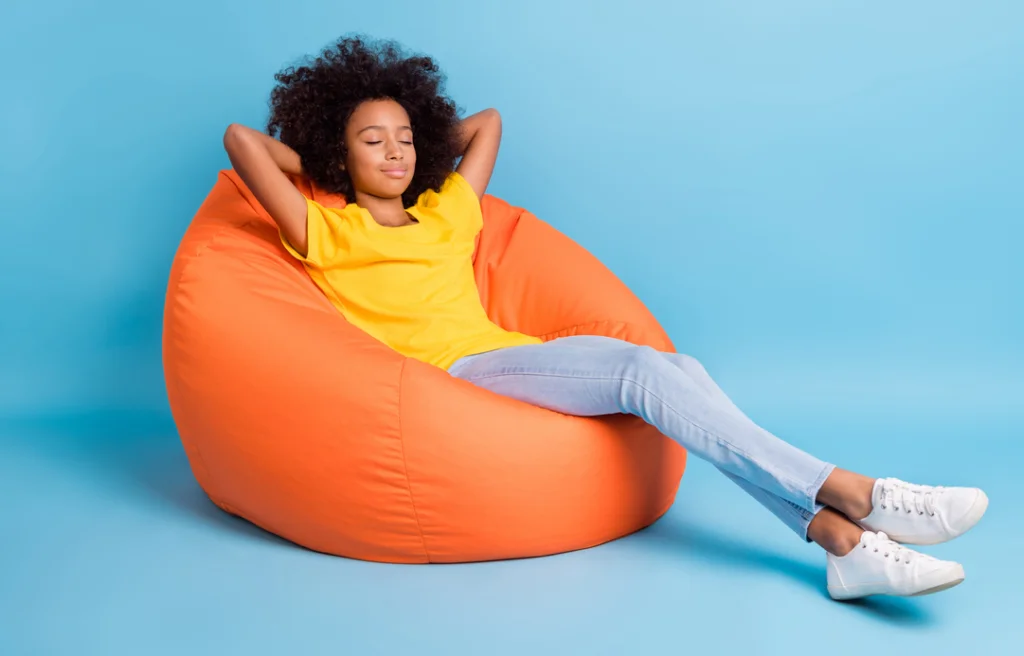
These shapeless, fabric-filled seats were the epitome of casual 1970s living, molding perfectly to your body whether you were watching television, reading, or just lounging around with friends. Available in every color imaginable – from sunshine yellow to burnt orange to chocolate brown – bean bags offered flexible seating that could be moved anywhere in the room at a moment’s notice. They were particularly popular with teenagers, who loved having furniture that was exclusively theirs and completely different from their parents’ formal living room sets.
The novelty of bean bag chairs eventually wore off as people realized they were nearly impossible to get out of gracefully and offered little support for extended sitting sessions. Cleaning them was a nightmare, especially if the inner beans ever spilled, creating a mess that seemed to spread to every corner of the house. Modern ergonomic understanding has also shown us the importance of proper posture and back support, making these formless seats seem more like a recipe for aches and pains than comfortable furniture.
6. Lava Lamps

The hypnotic blob of colored wax slowly rising and falling in its liquid-filled glass cylinder was pure 1970s magic, providing both ambient lighting and endless entertainment during those laid-back evenings at home. These groovy lamps came in every color combination imaginable, from classic orange and yellow to psychedelic purples and greens that cast an otherworldly glow across wood-paneled walls. Watching the wax separate, merge, and dance was almost meditative, perfect for the decade’s more relaxed approach to life and entertainment.
While lava lamps still exist today, they’re mostly relegated to novelty gift status or retro-themed rooms rather than serving as serious lighting fixtures in modern homes. Contemporary lighting focuses on energy efficiency and smart home integration, making the electricity-hungry lava lamp seem wasteful and impractical. The patience required to wait for the wax to warm up and start moving also doesn’t match our instant-gratification culture that expects immediate results from everything.
7. Wood Paneling Everywhere
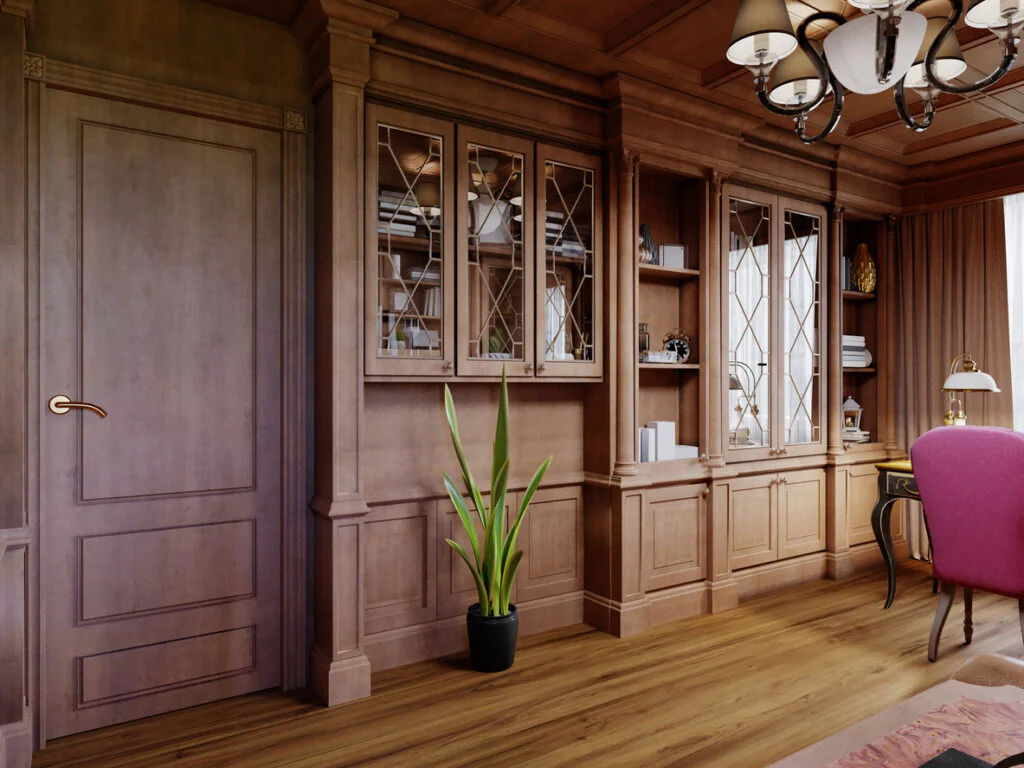
Dark wood paneling covered the walls of practically every 1970s living room, creating that warm, cabin-like atmosphere that made you feel instantly at home. Whether it was real wood or the more affordable faux wood alternatives, these panels added texture and richness that plain drywall just couldn’t match. The grain patterns and deep brown tones gave rooms a masculine, sophisticated feel that complemented the earth-tone color schemes of the era.
While wood paneling has made a slight comeback in upscale homes, it’s nothing like the wall-to-wall coverage we saw in the seventies. Today’s homeowners prefer bright, airy spaces with clean lines and minimal visual clutter. The maintenance required for real wood and the dated appearance of the vinyl versions have sent most paneling straight to the renovation dumpster.
8. Rotary Phones on End Tables
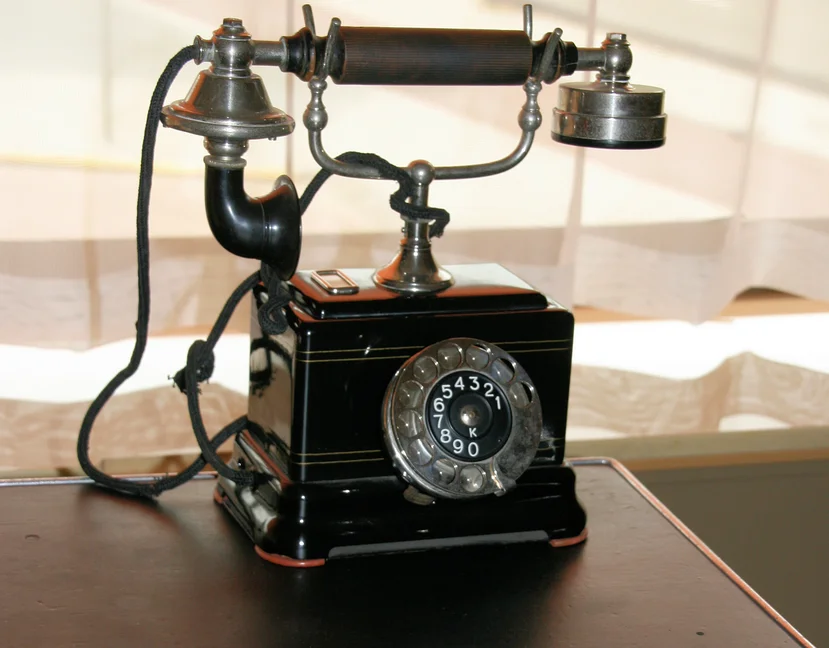
Every living room had at least one rotary telephone, usually sitting prominently on an end table or special telephone stand, complete with a notepad and pencil for taking messages. The satisfying mechanical action of dialing each number and waiting for the dial to return before moving to the next digit made phone calls feel deliberate and important. These phones, often in harvest gold or avocado green to match the kitchen appliances, were permanent fixtures that everyone in the family shared for their conversations.
The cordless revolution of the 1980s began the end of the stationary living room phone, and today’s smartphones have made the very concept seem quaint and inefficient. Modern families can barely imagine having to stay in one spot for an entire phone conversation or sharing a single device with everyone in the household. The ritual of gathering around the phone table to make important calls or having to stretch the cord to find a bit of privacy are experiences completely foreign to younger generations.
9. Shag Carpeting in Bold Colors
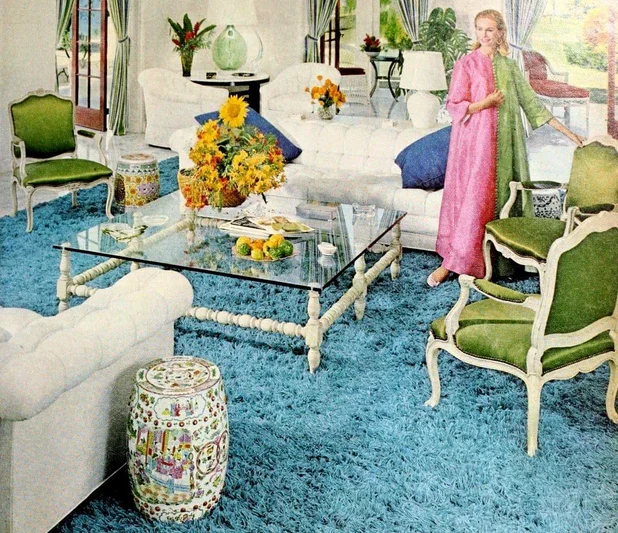
Nothing said “groovy” quite like thick, luxurious shag carpeting in vibrant oranges, deep browns, or avocado greens that cushioned your feet and tied the whole room together. This wasn’t just any carpet – it was a statement piece that demanded attention and invited you to kick off your shoes and sink your toes into its plush fibers. Every family had stories about losing small items in the deep pile or the special rake needed to keep it looking fresh.
Modern homes have largely abandoned wall-to-wall carpeting in favor of hardwood, tile, or area rugs that are easier to clean and maintain. The bold colors that were so popular in the seventies now seem overwhelming to contemporary tastes that favor neutral palettes. Plus, anyone who tried to vacuum pet hair out of shag carpeting knows exactly why it fell out of favor with busy families.
10. Record Album Storage Furniture
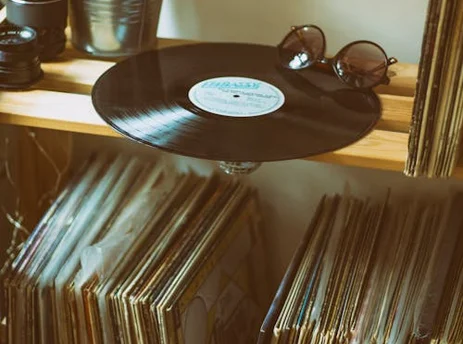
Specially designed furniture for storing vinyl record collections was as important as the stereo system itself, with everything from simple wooden crates to elaborate cabinet systems that displayed album covers like artwork. These storage solutions were often placed prominently in the living room, allowing easy access to your music collection and serving as a conversation starter when guests browsed through your albums. The ritual of flipping through records, reading liner notes, and carefully handling the vinyl was an integral part of the music-listening experience.
Digital music storage has eliminated the need for physical album storage, with entire music collections now fitting invisibly on devices smaller than a single record sleeve. While vinyl has experienced a resurgence among collectors and audiophiles, most modern music lovers stream their tunes directly to wireless speakers without any physical media to organize or display. The tactile experience of handling albums and the visual impact of displaying album artwork has been replaced by scrolling through digital playlists on small screens.
11. Formal Living Room Sets
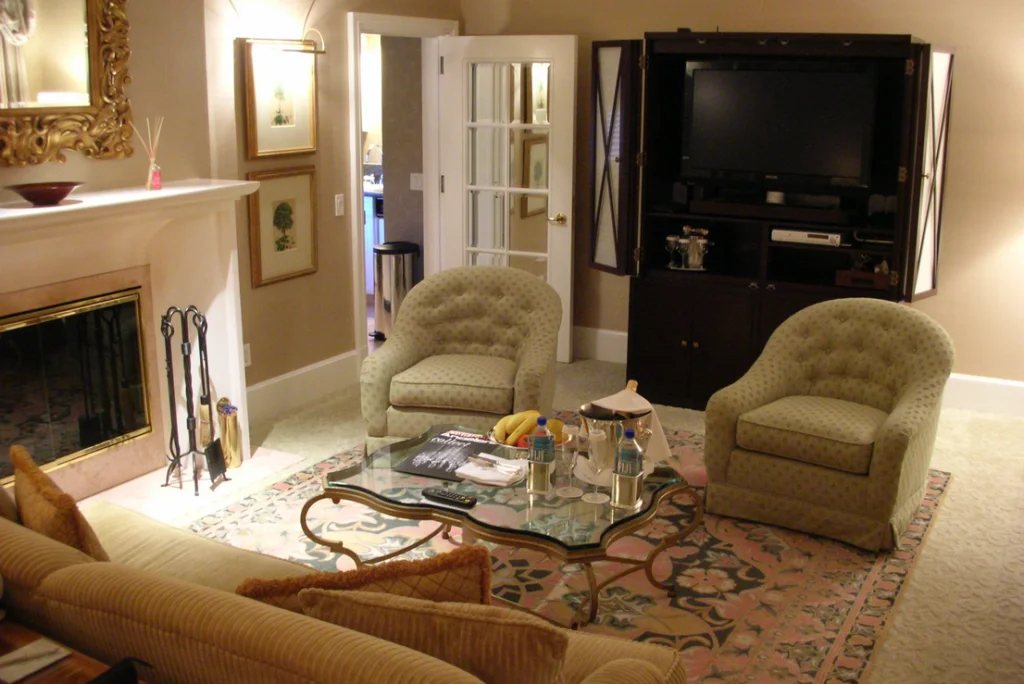
Matching furniture sets with coordinated sofas, chairs, and tables were the standard way to furnish a living room, often purchased as complete packages that ensured everything worked together harmoniously. These formal arrangements typically featured heavy, substantial pieces in rich fabrics like velvet or brocade, positioned symmetrically around the room’s focal point. Families took pride in their “good furniture” that was reserved for special occasions and company, while everyday relaxation happened in the more casual family room or den.
Today’s decorating philosophy embraces mixing different styles, periods, and textures to create more personalized and eclectic living spaces that reflect individual taste rather than showroom coordination. The formal living room itself has largely disappeared from modern home designs, replaced by great rooms that serve multiple functions and accommodate casual, everyday living. Contemporary families prefer furniture that’s both beautiful and practical, suitable for daily use rather than preserved for special occasions that might never come.
12. Cocktail Carts and Bar Areas
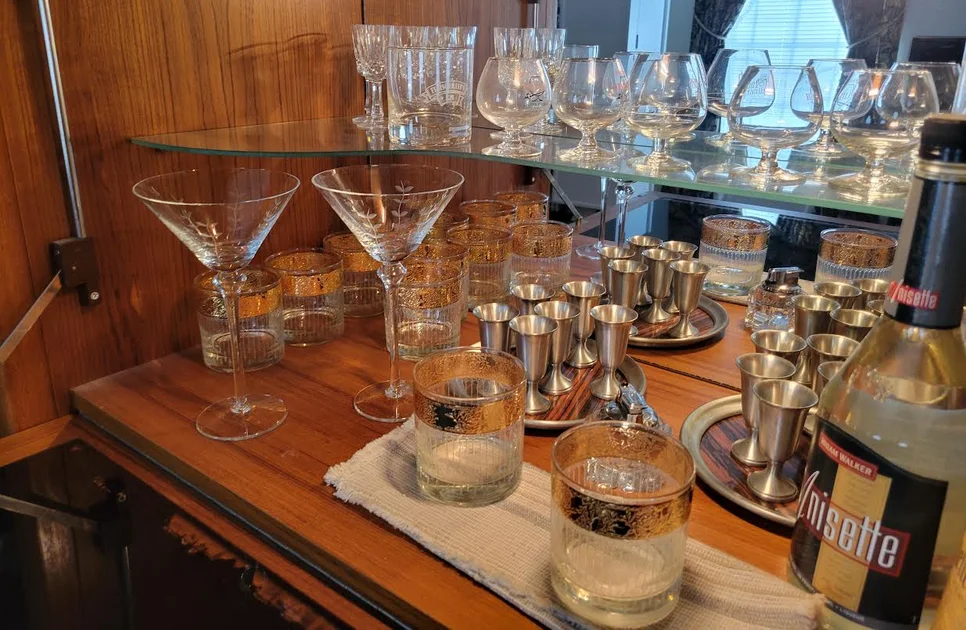
The mobile bar cart was an essential piece of 1970s entertaining equipment, stocked with colorful glassware, cocktail accessories, and bottles of the era’s popular drinks like Harvey Wallbangers and Tequila Sunrises. These wheeled wonders could be rolled from room to room, bringing the party wherever it needed to go, while built-in bar areas with mirror backing and special lighting created dedicated spaces for mixing drinks and socializing. Having a well-appointed bar setup was a sign of sophisticated adult living and serious entertaining capabilities.
Modern drinking habits have shifted toward wine, craft beer, and simpler cocktails that don’t require the elaborate mixing stations and specialized glassware that once seemed essential for home entertaining. Health consciousness and changing social patterns have also reduced the emphasis on alcohol-centered gatherings that made cocktail carts so popular. When contemporary homes do include bar areas, they’re usually integrated into kitchen designs rather than standing as separate, dedicated spaces for drink preparation and serving.
The 1970s living room was truly a reflection of its time – bold, comfortable, and unapologetically unique in ways that seem both charming and wonderfully excessive by today’s standards. While we’ve gained convenience, efficiency, and certainly easier maintenance with our modern decor choices, there’s something to be said for an era when living rooms had personality and every piece of furniture told a story. Maybe it’s time to bring back just a touch of that seventies spirit – though perhaps we can skip the shag carpet this time around.


